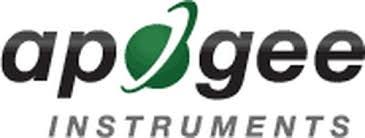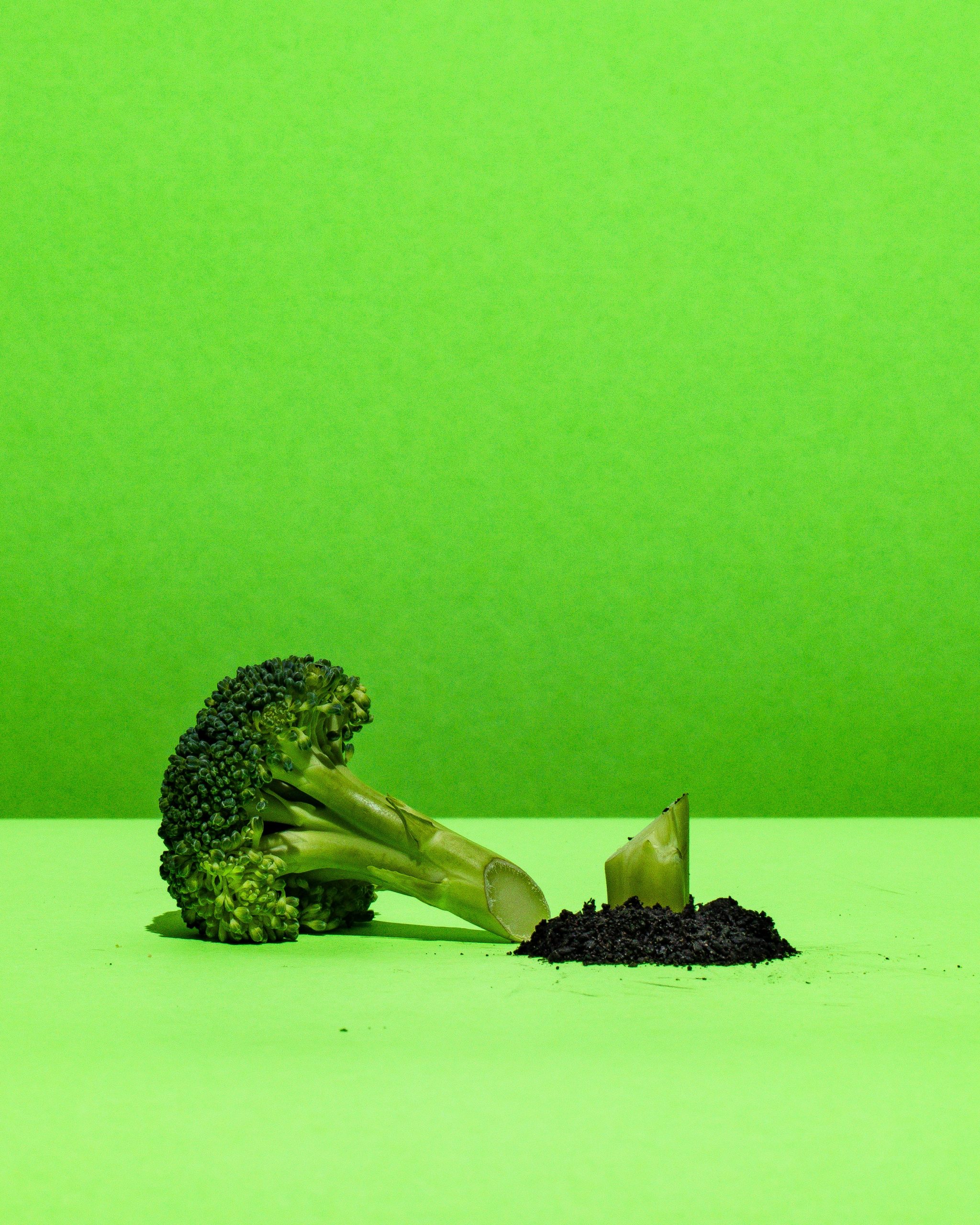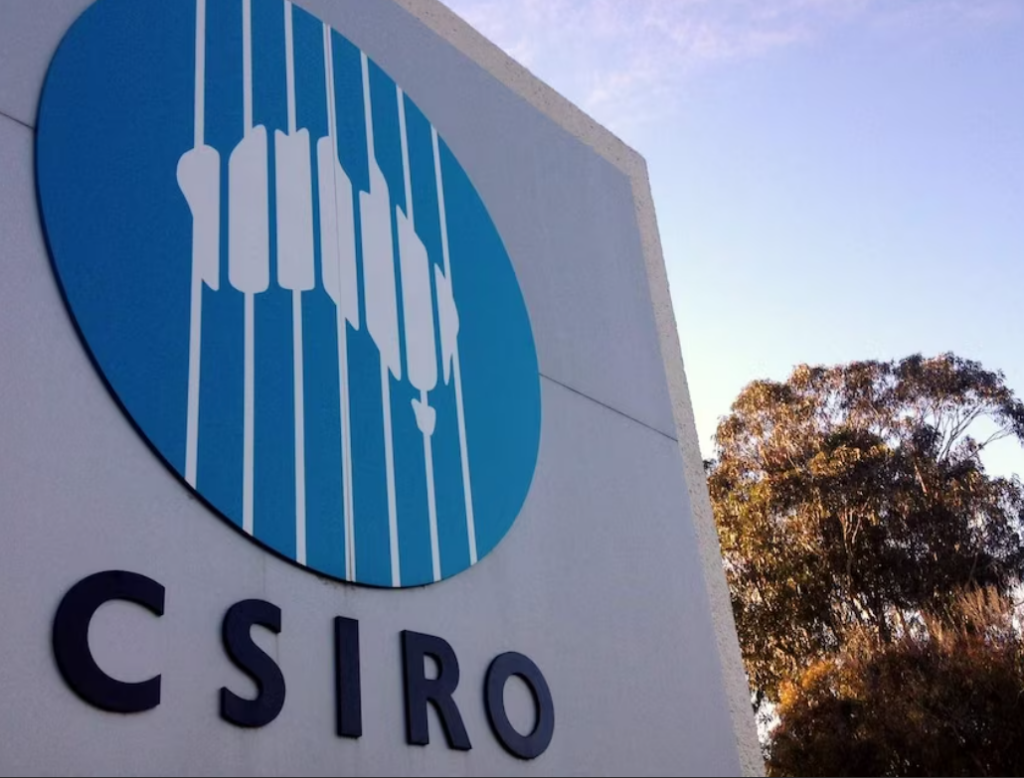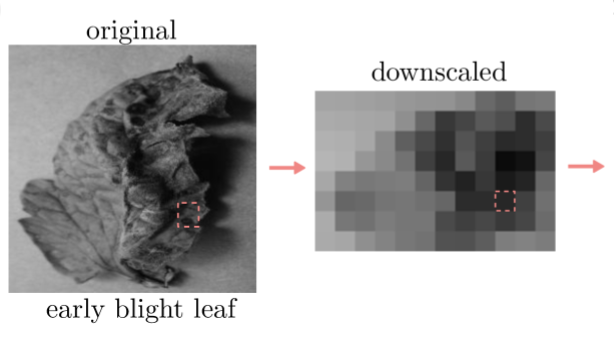
T-Bone Steaks
Not many people can deny the current global deforestation occurring in the name of industrial agriculture around the world: the oil palm farms that produce palm oil, used for biofuels and processed foods, in all regions of Africa, Southeast Asia, and Latin America, when in the past the plant, Elaeis guineesis, was indigenous to West Africa only.
Soybean production, too, has cleared virgin forests and lands in Brazil and Paraguay to make way for farms to grow soybean meal for cattle and poultry feed, as well as protein and oil for human consumption.
And probably the worst culprits of all, cattle farms in North and South America that satiate the human greed for hamburgers and T-bone steaks.
Did you know that some 50,000 acres of forests disappear every day from logging, both legal and illegal?
In a word, we’ve got a problem, brought on by our own avarice.

The intensity of agricultural practices these days is not only causing shortages of resources like water and land, but it’s also the agent to the irreversible pollution of our environment, one thing that can’t be undone quickly. The problem is only exacerbated by the growing global population, especially in the Third World.
PAR
To challenge the impending doom, environmental scientists have been trying to come up with new-fashioned ways of combatting the problem using technology. One of the many solutions bandied about has been in the adoption of nanotechnology-based sensors. These weirdly-sounding contraptions can assist farmers and agricultural industrialists make crucial decisions in plant-pathogen numbers, soil humidity and the level of nutrients and pesticides in water and soil. Photosynthetically active radiation (PAR) is an important indicator and variable in plant growth modelling and biomass production.
The nanoscale solution to this macroscale problem may seem ironic, but it’s real. Quantum technologies could optimize food production, bringing a scenario where we don’t have to destroy more trees to make way for fields, but maximize — through the wizardry of subatomic particles — the acreage we already have, creating a greener, more bio-friendly environment, which will make, I’m sure, Greta Thunberg and the green lobbyists extremely happy.
There are plenty of companies around who manufacture sensors, but not as many whose product range includes quantum sensors, although the market is growing slowly.
One such player is Apogee Instruments. Founded in Logan, Utah by Dr. Bruce Bugbee in 1996, Apogee Instruments’ ‘mission is to help you make better measurements’. With products numbering some nearly two dozen that range from oxygen sensors to humidity probes, Bugbee’s company also manufactures full-spectrum quantum sensors and original quantum sensors.
Built by scientists, for scientists
— Apogee Instruments
Garage Start
Designed to measure PAR, the full-spectrum quantum sensors can be used for ‘PPFD measurements over plant canopies in outdoor environments, greenhouses, and growth chambers, and reflected or under-canopy (transmitted) PPFD measurements in the same environments. Quantum sensors are also used to measure PPFD in aquatic environments, including saltwater aquariums where corals are grown’.
Original quantum sensors, on the other hand, ‘provide accurate and cost-effective measurement of PAR from all broadband light sources used to grow plants and corals, (e.g. sunlight, metal halide, CFL)’.
A company that has gained respect throughout the industry for its novel, hard-wearing and precise environmental instruments, one thing Apogee Instruments is most proud of is the fact their products have had a ‘positive impact on the world’.

Founder, president and CEO Bugbee, a professor and researcher of crop physiology at Utah State University, gained his Ph.D. from Penn State University in the early 1980s. By his own admission ‘a scientist first and businessman second’, he started Apogee Instruments because he was often in need of instruments that had yet to be invented or were way out of the budget of his university department. This fuelled the inventor in Bugbee. Very Appleesque in his beginnings, he started inventing and building ‘research-quality instruments’ in his garage for a fraction of the price they would cost on the open market. It wasn’t long before his products started to get a name for themselves within the scientific community and orders soon followed.
From those humble beginnings, the company relocated to a state-of-the-art facility in 2007.
Although there are not too many companies manufacturing quantum sensors at the moment, as the technology finds its feet and is adopted by more businesses within the sensor market, the growth should be exponential.
And that, my friends, will be terrific news for the entire quantum technologies industry.
For more market insights, check out our latest quantum computing news here.




















